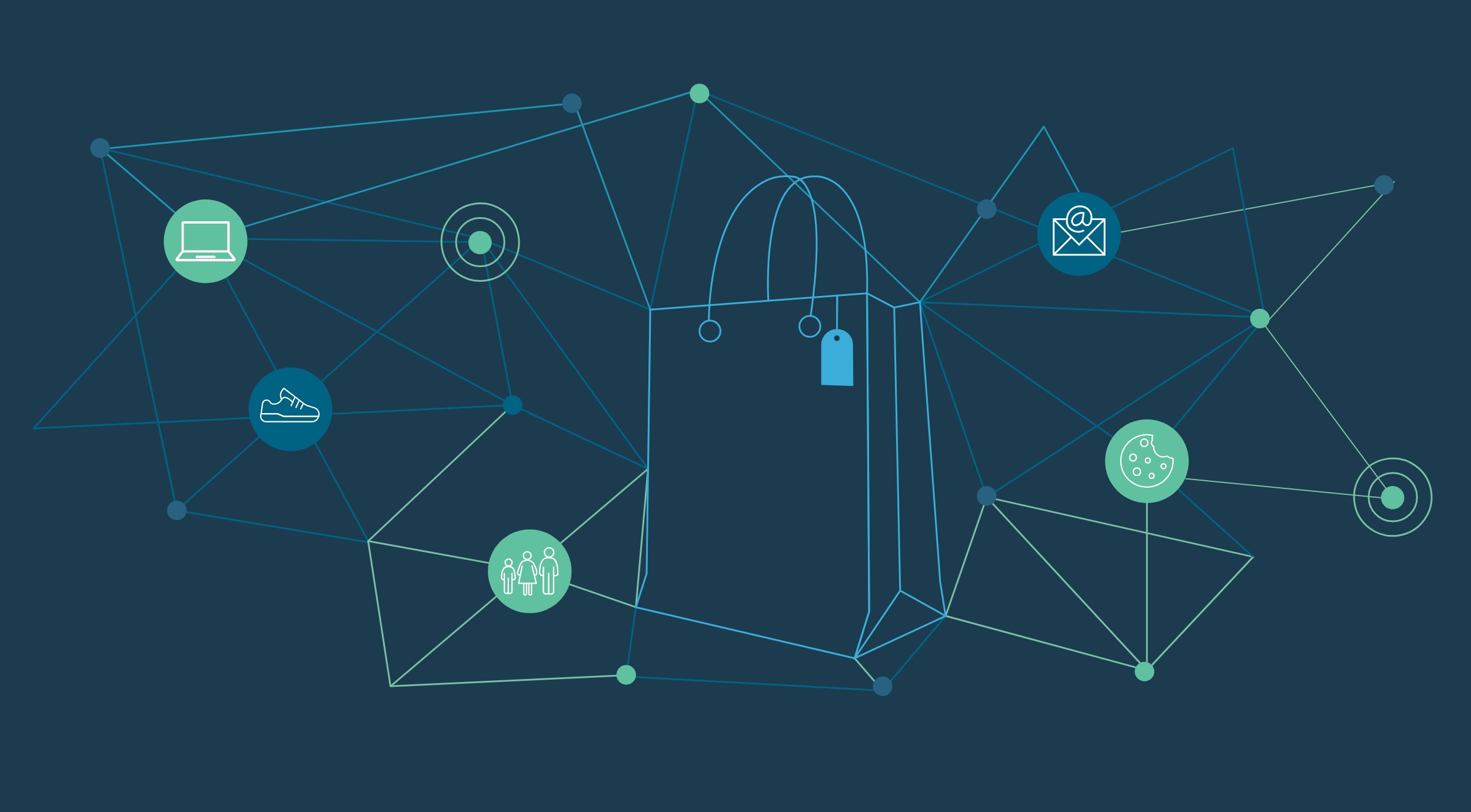With online sales continuing to rise retailers are spending more on online advertising than ever before while also grappling with the challenges associated with the fact that third-party cookies are soon to be a thing of the past. However, retailers have a secret weapon that makes them the envy of those in other sectors – rich first-party data – and lots of it! The problem is that many retailers don’t know how to make the most of this valuable data and instead rely on other, less robust, data sources.
Strategic use of first-party data results in drastic improvements in performance – unlock the power of your secret weapon today!
Why first-party data is so great?
First-party data is collected directly from the source, which means it is reliable and accurate. Retailers that have a strong grasp of their first-party data benefit from deeper insights into their customers’ behavior, preferences, and purchase history. From a creative and targeting perspective, these insights are incredibly valuable, and when used well result in better engagement, improved targeting, and higher customer lifetime value.
Cut through the noise and make an impact
Everywhere they turn, consumers are bombarded with advertising, and most of it is irrelevant or mis-timed. The result is, at best, a lack of engagement, but more likely a decline in brand favorability and low conversion rates. Either way, irrelevant messaging results in wasted ad spend.
The opposite is true when retailers apply their first-party data to personalize ads. By presenting individual consumers with relevant, timely messaging retailers cut through the noise, and benefit from increased awareness, consideration, sales, and customer loyalty.
Refine targeting to eliminate wasted ad spend
By using first-party data to create more targeted campaigns, retailers can improve campaign return-on-investment (ROI) by adopting a more precise targeting approach. Instead of targeting broad audiences and hoping for the best, retailers can use first-party data to identify the customers who are most likely to be interested in a particular product or offer. This not only leads to higher conversion rates but also reduces marketing costs by eliminating wasted ad spend.
Maximize customer lifetime value
When retailers consistently use first-party data to personalize marketing efforts, they create a better overall, long-term customer experience. These consistent, positive experiences result in higher levels of customer satisfaction, increased loyalty, and ultimately, higher lifetime value. Furthermore, customers who have positive experiences are more likely to recommend your brand and products to friends and family and leave positive reviews.
Conclusion
In today’s competitive retail landscape, it is more important than ever for retailers to make smart marketing choices. First-party data is the most reliable data source a retailer has and when marketers take control of that data, they can make smarter decisions than ever before.
By using first-party data to personalize ads and improve audience targeting, retailers benefit from better customer engagement, higher conversion rates, improved customer loyalty, and ultimately, more revenue. With the abundance of data available today, many retailers still rely on second- or third-party data due to legacy solutions or processes putting themselves at a disadvantage.
Investing in first-party data collection and analysis, is a must for any retailer that wants to get the most out of their advertising investments.


